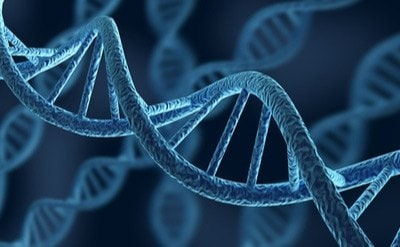Scientists have made an incredible discovery: the oldest DNA ever found, dating back more than 2 million years, has been unearthed in Greenland. This ancient DNA, preserved in sediment from the Kap København Formation, offers a fascinating glimpse into an Arctic ecosystem that once included reindeer, hares, mastodons, and plants like birch and poplar trees. This finding provides a unique snapshot of how life thrived in the challenging environments of the Pleistocene epoch.
To piece together this ancient world, researchers used advanced techniques to extract and study environmental DNA (eDNA) from soil samples. Instead of identifying individual species, they reconstructed entire ecosystems, showing how plants and animals coexisted. This research not only helps us understand the distant past but also provides insights into how life adapts to major climate changes, a topic that feels more important than ever.
A related study in Nature shows the broader potential of eDNA, showing how it can unlock secrets from Earth’s ancient history and even predict future biodiversity patterns. Scientists are now exploring other locations, like polar ice cores and deep-sea sediments, to uncover more hidden stories about the planet’s past.
I think this discovery is a game changer for understanding our planet’s history. It’s mind blowing that scientists can reconstruct ecosystems from millions of years ago using tiny fragments of DNA. What really stands out to me is how this research connects the past to the future. By learning how ancient life adapted to extreme climate shifts, we can gain insights into how today’s ecosystems might respond to climate change. This isn’t just about studying history, it’s about using those lessons to protect our future.
SITES USED
https://www.the-scientist.com/scientists-unearth-the-oldest-dna-ever-found-70820
https://www.nature.com/articles/d41586-022-04376-y?utm_

No comments:
Post a Comment